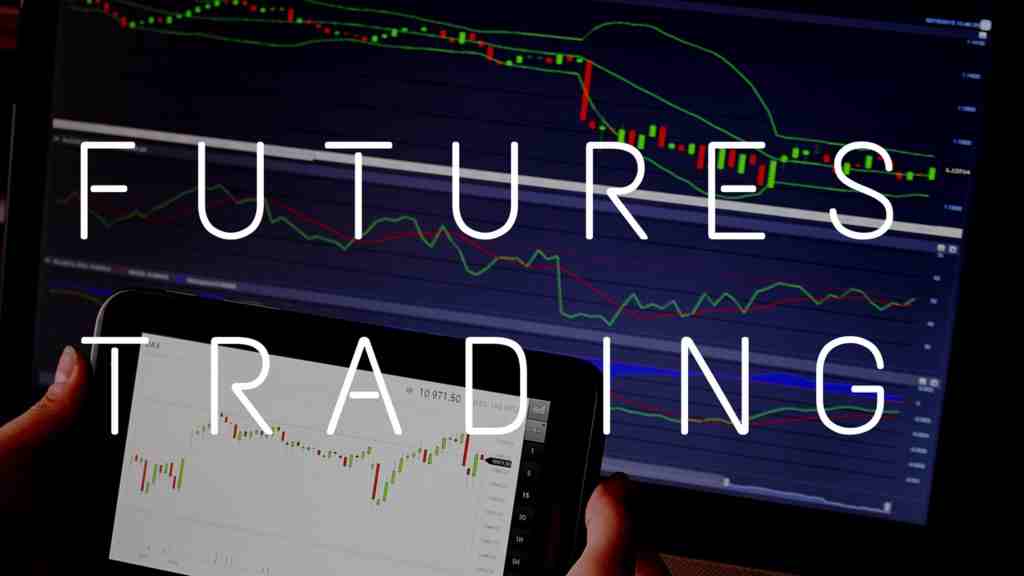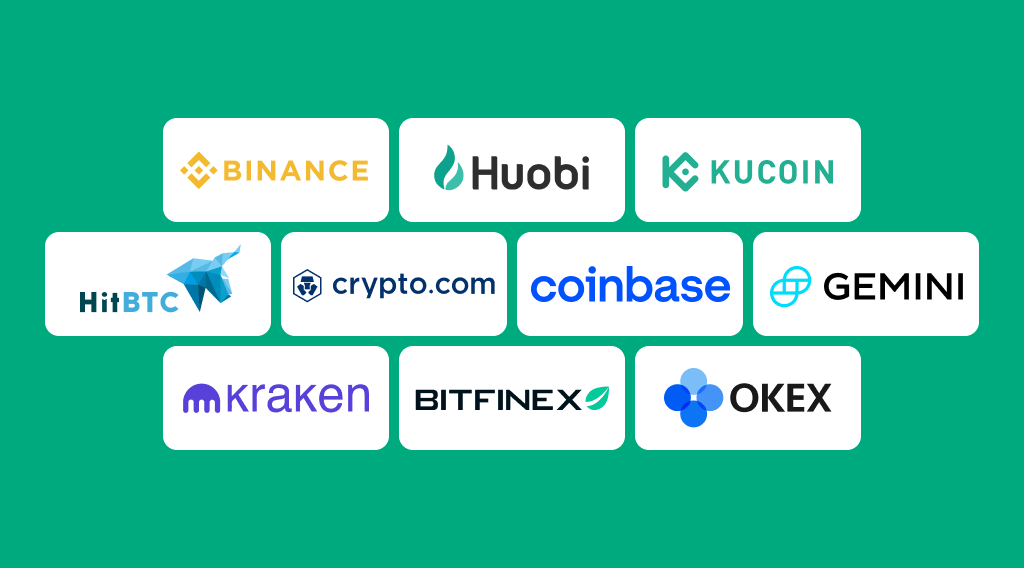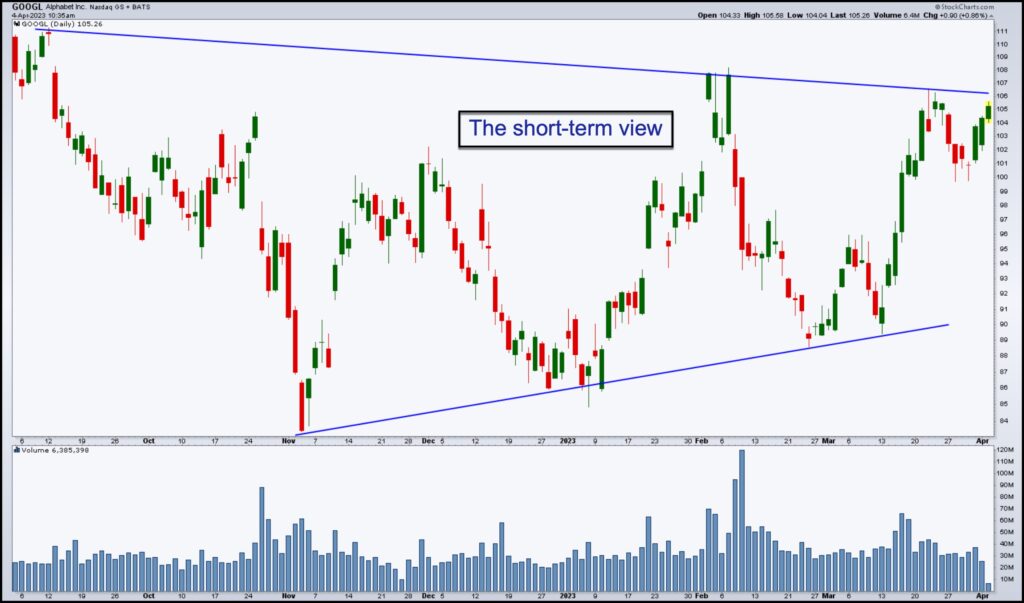How to Make Money Trading Crypto Futures: Strategies for Profit

Trading crypto futures offers a bustling market for those proficient in strategic financial maneuvers. This allows you to potentially capitalize on cryptocurrency price movements.
A futures contract is essentially a deal to buy or sell a particular cryptocurrency at a predetermined price at a specific time in the future. This method of trading provides a way for traders like you to hedge against market volatility or to speculate on price movements, aiming to turn a profit.
By engaging in futures trading, you are not purchasing or selling the actual cryptocurrency but rather a contract based on the asset’s future value. This leveraged position can amplify gains; however, it’s crucial to remember it can also exacerbate losses.
Effective risk management and a well-considered trading plan are pivotal to success. With these tools, you can approach the crypto futures market with a methodical strategy, focusing on informed predictions to guide your buying (long) or selling (short) decisions.
Whether you’re looking to protect existing portfolio positions from sudden market shifts or aiming to profit from your directional market predictions, understanding the mechanics of futures contracts is indispensable.
Remember that success in this space is not just about making accurate market predictions but also about managing your investments prudently. This means keeping potential risks in check while optimizing for profitability.
Understand the Basics
Before you venture into trading crypto futures, you need to grasp some fundamental concepts. Crypto futures are a financial product that allows you to speculate on the future price of cryptocurrencies.
These derivative trading contracts obligate you to buy or sell an asset at a predetermined price on a specific date.
Traditional futures contracts come with an expiration date, while perpetual futures, a common type in the crypto world, do not expire. This allows you to hold a position indefinitely. With futures, you can go long (betting prices will rise) or short (betting prices will fall).
Futures vs. Spot Trading
- Spot trading involves the actual exchange of the underlying asset.
- Futures trading does not necessarily involve the possession of the asset.
Leverage in Futures
You can employ leverage to amplify your trades, meaning you can open larger positions with a smaller amount of capital. However, this increases volatility and risk.
| Leverage | Description |
|---|---|
| Low | Smaller position, lower risk |
| High | Larger position, higher risk and reward |
Trading Platforms
Choose a reputable trading platform that aligns with your needs. Different platforms offer varying degrees of leverage, tools, and types of contracts traded.
Asset Class
As a unique asset class, cryptocurrencies exhibit high volatility. You should monitor market trends closely, as movements are swift and can greatly affect futures contracts.
By understanding the basics of futures trading within the realm of cryptocurrencies, you equip yourself with the necessary knowledge to start trading. Remember that it’s essential to comprehend the mechanics of whichever trading platforms you choose to engage with, as they are the gateways to accessing this dynamic market.
Choose a Reliable Exchange

When engaging in crypto futures trading, selecting a reliable exchange is crucial for your investment security and the potential success of your trades. Focus on regulated platforms, assess the liquidity, and compare fee structures to ensure optimal trading conditions.
Spotting Regulated Platforms
You should prioritize exchanges that comply with regulations which can provide a certain level of security and trustworthiness. Regulated exchanges like CME, CBOE, and certain operations of Kraken, are subject to oversight by financial authorities which helps in safeguarding your investments against fraud and manipulation. Conversely, trading on an unregulated exchange can expose you to unnecessary risks.
Understanding Exchange Liquidity
Liquidity is a key factor that denotes an exchange’s capability to enable trades without causing significant price fluctuations. Binance Futures and OKX report high trading volumes, indicating they can typically handle large trades without substantial slippage. This is vital for both retail and institutional investors, especially when dealing with significant positions in crypto derivatives and crypto assets.
Comparing Fee Structures
Before you start trading crypto futures, examine the fee structures of potential exchanges. Fee comparisons are essential to finding an affordable platform.
Structures differ, with some exchanges offering lower fees to high-volume traders. For instance, Binance has a tiered fee structure that can benefit those with higher monthly trading volumes.
| Exchange | Maker Fee | Taker Fee | Monthly Volume Required for Discounts |
|---|---|---|---|
| Binance | 0.02% | 0.04% | > 50 BTC |
| OKX | 0.02% | 0.05% | > 10,000 BTC |
| CME | Variable | Variable | N/A – Based on type of participant |
Note: Values are for illustrative purposes only and do not represent current fees.
Ensure the exchange you choose aligns with your trading strategy and financial goals while providing the necessary security, liquidity, and a reasonable cost structure.
Develop a Strategy

Before embarking on crypto futures trading, it is crucial to develop a comprehensive strategy that aligns with your risk tolerance and profit goals. The strategy should encompass knowledge of market analysis, understanding of margin requirements, and a clear plan for mitigating risks while capitalizing on market movements.
Technical Analysis Basics
Technical Analysis (TA) is your tool for examining and making sense of past market data to forecast future price movements. The cornerstone of TA is that historical price actions tend to repeat themselves due to market psychology.
- Price Charts: Start with learning how to read candlestick charts, as they reveal four critical price points (open, close, high, low) of a trading period.
- Volume: Assess volume data to gauge the strength or weakness of market movements.
- Trend Lines: Identify the direction of the market by understanding trend lines that indicate support and resistance levels.
- Indicators: Utilize various indicators such as Moving Averages (MA), Relative Strength Index (RSI), and Moving Average Convergence Divergence (MACD) to inform your trades.
Fundamental Analysis Overview
In contrast to Technical Analysis, Fundamental Analysis (FA) focuses on the intrinsic value of a cryptocurrency by examining relevant economic, financial, and other qualitative and quantitative factors.
- Market News: Stay updated with the latest crypto market news, which can dramatically affect market prices.
- Project Fundamentals: Evaluate the potential of a cryptocurrency project—its technology, team, partnerships, and roadmap.
- Economic Indicators: Monitor indicators such as interest rates and inflation figures, which can impact the crypto markets.
By employing both Technical Analysis and Fundamental Analysis, you can craft a balanced trading plan. Remember to factor in margin requirements, which determine the amount of capital you need to open a position, and adjust your strategies according to your risk tolerance to avoid excessive losses.
Leverage can amplify your profits but also your potential losses, so trade with caution. With a well-structured strategy in place, you’re better positioned to recognize opportunities in crypto futures trading and act on them effectively.
Risk Management

Effective risk management is crucial in maximizing your profits and minimizing losses when trading crypto futures. Key strategies include setting stop losses and understanding margin calls to protect your portfolio.
Setting Stop Losses
When entering a trade, defining your exit strategy with stop losses is vital. Stop losses are designed to automatically close a trade at a predetermined price to limit potential losses.
- Risk Tolerance: Set stop losses based on your risk tolerance—how much you’re willing to lose on a single trade.
- Portfolio Protection: Protect your overall portfolio by preventing a spiral of accumulating losses.
Understanding Margin Calls
Trading on margin means borrowing funds to increase your position size—this is known as leverage. While leverage can amplify profits, it also increases exposure to high risk.
- Maintenance Margin: Maintain the minimum equity required in your margin account, known as the maintenance margin.
- Margin Calls: If your account value falls below the maintenance margin, you’ll face a margin call. You must either deposit more funds or liquidate positions to meet the margin requirement and mitigate further losses.
Stay Informed
When trading cryptocurrency futures, your success hinges on continuously educating yourself. Cryptocurrency markets exhibit significant price volatility, making knowledge your most valuable asset.
Continuous Education: Stay abreast of market trends and analysis. Consume a steady diet of educational materials, from webinars to trading courses, focusing on both Bitcoin futures and other cryptocurrencies like Ethereum to broaden your understanding.
- Cryptocurrency Futures: Understanding price movements is crucial. Pay attention to historical data and potential factors that could influence future prices.
- Volatility: Recognize that cryptocurrencies can be unpredictable. Familiarize yourself with the common causes of volatility to better anticipate market movements.
Price Movement Monitoring:
- Equip yourself with real-time tracking tools to monitor price changes.
- Observe patterns in Bitcoin futures and Ethereum, as they often set the tone for the broader market.
Engage with Other Traders:
- Participate in forums and networks to share insights on volatility and market movements.
- Comparing notes with other traders can offer perspective and help refine your strategies.
Risk Management: Always have a strategy for managing the inherent volatility. Decide on stop-loss orders and other protective measures to safeguard your positions.
Practice With Paper Trading
Crypto futures trading can be highly rewarding, but it’s essential to understand the associated risks and volatility.
Before you dive into the real market, paper trading is a prudent method to refine your strategies. By engaging in simulated trades, you can practice without the actual financial exposure.
Split your text up into at most two sentences per paragraph.
Start by creating a trading plan. Establish your entry and exit points, set your leverage levels, and define your portfolio goals.
With paper trading, you have a risk-free environment to test the effectiveness of these parameters.
Remember that the crypto market is highly volatile, and the use of leverage can both amplify gains and exacerbate losses.
Utilize a paper trading app that replicates the real-world mechanics of crypto futures. Here’s a quick list of what to look for:
- Risk Management Tools: Stop-loss orders, take-profit orders.
- Leverage Options: Test different leverage settings to learn balance.
- Real-Time Market Data: Mimic actual market conditions for authenticity.
Here’s a simple table to track your progress:
| Trade No. | Entry Point | Exit Point | Leverage Used | Outcome |
|---|---|---|---|---|
| 1 | $X | $Y | Z:1 | Profit/Loss |
| 2 | $A | $B | Z:1 | Profit/Loss |
By paper trading, you can evaluate and adjust your risk tolerance and learn to navigate the market’s unpredictable nature without endangering your capital.
Once confident with your paper trading results, you can transition to live trading with a solid foundation and a higher chance of success.
Trading Bots

When diving into the world of crypto futures trading, leveraging the advantages of trading bots can be a game-changer for your investment strategy.
Trading bots are automated tools on trading platforms that aid in the buying and selling of futures contracts based on technical analysis and predefined rules. They operate tirelessly, providing a crucial edge in a market that never sleeps.
By using trading bots, you enhance your capital efficiency and liquidity management, as these bots can quickly respond to market changes.
This is essential in crypto futures, where swift actions could mean the difference between profit and loss.
The bots employ various indicators and patterns to speculate on futures prices, executing trades on your behalf with remarkable precision.
Here’s how they can be beneficial:
- 24/7 Trading: Unlike humans, bots aren’t bound by sleep or other commitments. They work round the clock, harnessing opportunities that occur at any hour.
- Speed: Bots process market data and trade at speeds no human trader can match.
- Emotion-free: Bots follow the trading plan without any bias or emotional interference, providing a disciplined approach.
To integrate a trading bot into your strategy:
- Choose a reliable bot from reputable trading platforms.
- Fine-tune your bot’s strategy, aligning it with your risk tolerance and goals.
- Test the bot using historical data or a demo account before going live.
Conclusion
In the realm of cryptocurrency futures trading, your success hinges upon a well-crafted strategy paired with robust risk management.
As you embark on this venture, remember that knowledge is your most valuable asset.
- Educate Yourself: Always stay informed about market trends and the mechanisms of futures contracts.
- Plan Your Trades: Define your entry and exit points. Also, outline your methods for both winning and losing trades.
- Risk Management: Never risk more than you can afford to lose. Use tools like stop-loss orders to protect your capital.
Practice discipline and maintain a balanced perspective regardless of market conditions.
Profits in crypto futures are not guaranteed, but with diligence and continuous learning, you can enhance your trading experience.
- Markets are unpredictable; adaptability is crucial.
- Emotional detachment will help maintain objectivity.
- Consistent review and improvement of your strategies are a must.
Trading futures involves understanding leverage—a double-edged sword that can amplify both gains and losses.
As a trader, your focus should be on making informed decisions, using leverage judiciously, and staying true to your trading plan.
Trading is a skill honed over time; patience and perseverance will serve you well.
Utilize the available resources, engage with the community, and consider every trade an opportunity to learn.
With these practices, you lay the foundation for a structured approach to potentially profitable crypto futures trading.
Further Reading: Check Out These Related Posts
